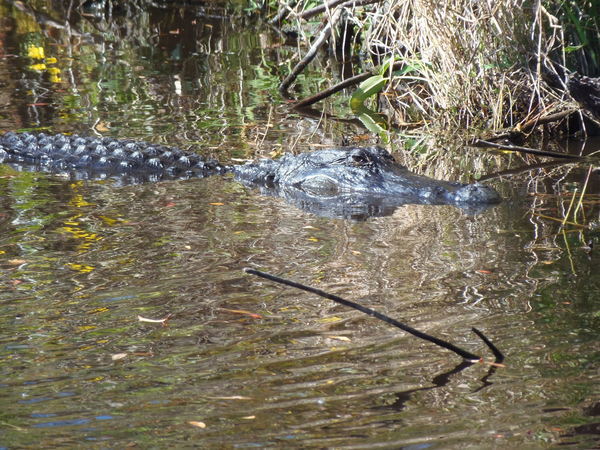Update 2021-08-02: Withlacoochee River floodplain deannexation at Valdosta City Council 2021-08-05.
Valdosta should not deannex 310 acres of Withlacoochee River floodplain around Cherry Creek. No good reason for deannexation has been given by the applicant, and there are substantial reasons to be concerned about potential uses of that land if deannexed. Instead, Valdosta and Lowndes County should purchase the entire 530.24 acre property down to the Withlacoochee River to add to a trails system up and down the Withlacoochee River. The advisory Greater Lowndes Planning Commission (GLPC) at its meeting this Monday should recommend against annexation, and then the Valdosta Mayor and Council should deny.
I am sending a letter to that effect today to Valdosta City Planner Matt Martin, and I recommend you do, as well: mlmartin@valdostacity.com
![[Public land and Uvalde Land Trust Deannexation request, Withlacoochee River]](https://www.wwals.net/pictures/2021-07-26--glpc-packet-withlacoochee/many.jpg)
Public land and Uvalde Land Trust Deannexation request, Withlacoochee River
That deannexation is on the GLPC agenda for this Monday, July 26, 2021. The only land access to the property is through the City of Valdosta, and since that whole area of the river has extensive flood plain and little road access, Lowndes County cannot provide public utilities, fire/police protection, or emergency medical response across the river to the subject property, as the City Planner points out in the agenda sheet. The landowner’s stated purpose would be better served by the property remaining inside the city limits: “to use for wildlife management, and rec. use as it is in a mitgation bank & has no development use.” The City Planner even recommends annexing the rest of the subject property into the city, down to the river. Continue reading

![[VDT, Ossoff, Warnock]](https://www.wwals.net/pictures/2021-05-09--ossoff-vdt-okefenokee/many.jpg)
![[Valdosta on demand, City Hall, Senator Jon Ossoff on Okefenokee, Valdosta Mayor, Council, Staff, Sen. Ossoff]](https://www.wwals.net/pictures/2021-05-06--sen-ossoff-valdosta/many.jpg)
![[Letter, Mine site, Senators, Signatures]](https://www.wwals.net/pictures/2021-04-28--senators-tpm-okefenokee/many.jpg)
![[Great Blue Heron flying, Suwannee River, Okefenokee Swamp, 2019-12-07]](https://www.wwals.net/pictures/2020-11-17--gwc-dd/2019-12-07--jsq-gbh-suwannee-river-okefenokee-with-boaters.jpg)
![[EPA announcement over WKFL opposition, our rivers left out]](https://www.wwals.net/pictures/2020-12-17--epa-fdep-cwa-404/many.jpg)
![[Great Blue Heron, Suwannee River, Okefenokee Swamp, TPM mine site]](https://www.wwals.net/pictures/2020-11-17--gwc-dd/many.jpg)
![[TPM mine site with ONWR on left]](https://www.wwals.net/pictures/2020-11-06--tpm-drone/tpm-site-onwr-left.jpg)
![[Old Trails]](https://www.wwals.net/pictures/2020-11-02--trail-marker-trees/trails.jpg)
![[1838 Motte Seminole War trail map]](https://www.wwals.net/pictures/2020-11-02--trail-marker-trees/1838-motte-seminole-war-trail-map.jpg)
![[Opposition and Addendum Letters]](https://www.wwals.net/pictures/2020-11-02--wkfl-epa-fdep-404-assumption/letters.jpg)
